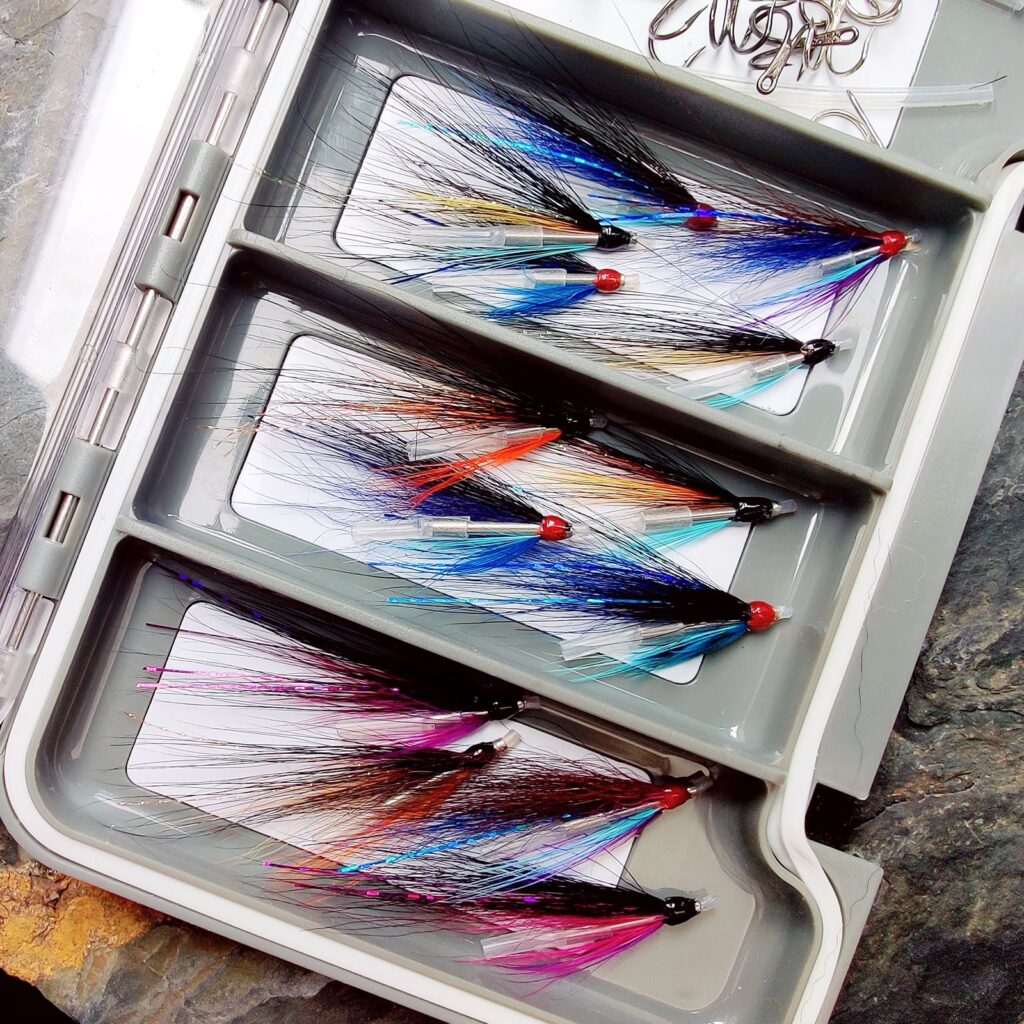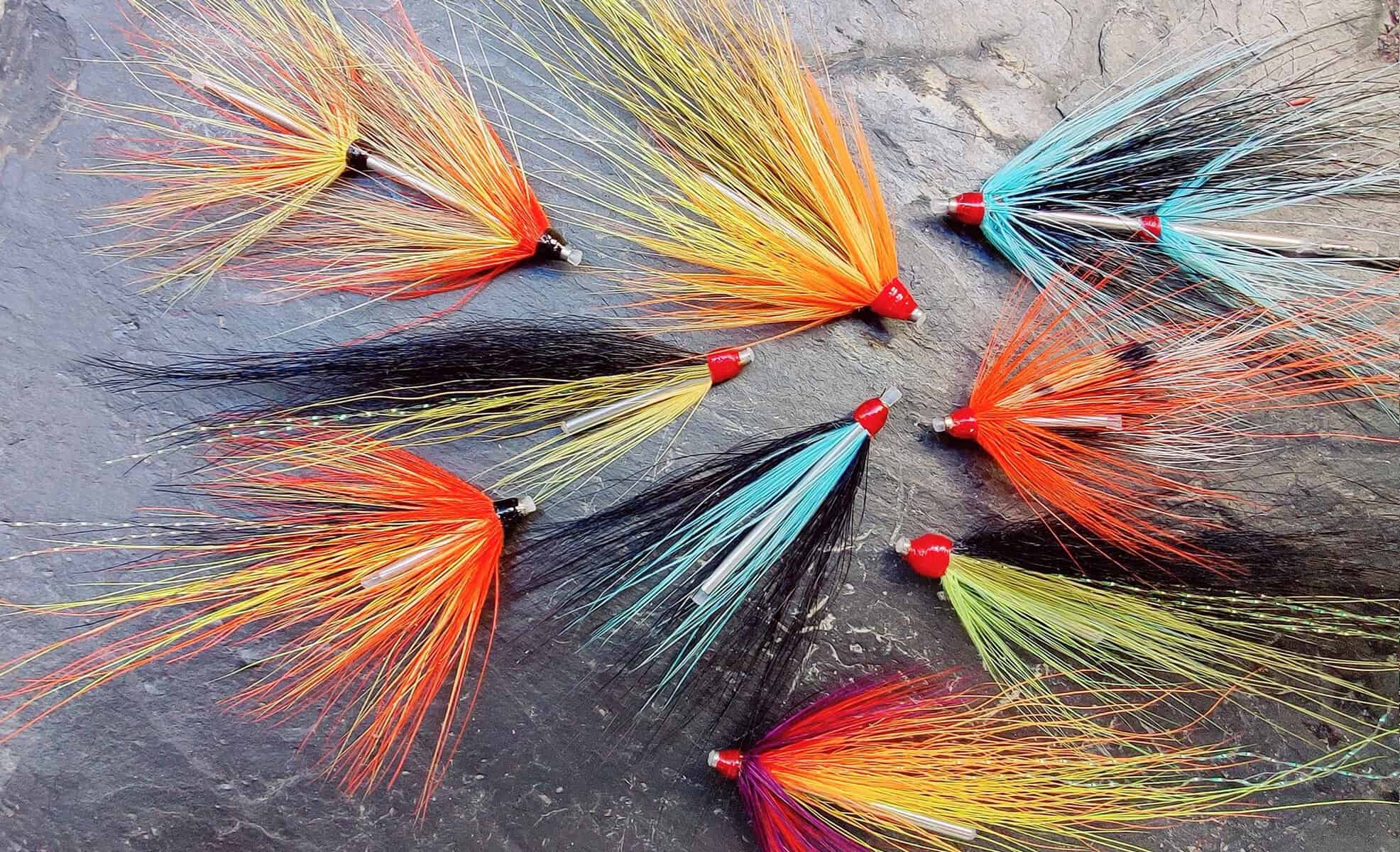Styles of Tying Tube Flies
Flies for salmon and sea trout fishing vary greatly over the fishing world. They come in all shapes, sizes and colours. The flies used by anglers in the Pacific North West of the U.S A. and Canada often bear little resemblance to those used in Scandinavia or those popular for Atlantic salmon in Scottish rivers, although there is often now a degree of overlap in styles and ideas and, increasingly, the flies of one region are being adopted by innovative anglers in others, facilitated by the growth of internet media connecting anglers throughout the fishing world. After all, flies which Pacific salmon find attractive are unlikely to be totally unpallatable to the salmon in the rivers bordering the Atlantic, since the prey species of both oceans are very much the same.
Furthermore, since most migratory fish cease to feed in any meaningful way on entering their spawning rivers, it might be said that our salmon flies may stimulate a variety of responses in the salmon. They may provoke a habitual, instinctive hunting/feeding response, reminding the fish of a small fish or other prey they have recently been feeding on in the ocean; they may attract the attention of the salmon, arousing curiosity or even playfulness, like a cat with a mouse or ball of wool; they may annoy the salmon, like a buzzing fly; or they may threaten the salmon, intruding on their chosen space. Salmon flies, then, may be dressed, and fished, with some or all of these possibilities in mind. Ideas on what salmon want have varied regionally and styles often developed along very different lines. Flies which have been found effective on any particular river have become popular and spawned countless derivitives and variants. So we now have a wonderful worldwide spectrum of styles of salmon fly on which we might draw in the tying of our own flies. However novel our creations as fly tyers, we might be optimistic that, if employed reasonably, they are likely to stimulate a favourable response of some kind in the salmon, which I dare say are probably less particular in their choice of salmon fly than we fishermen.
Needle Tubes, like other tubes, may be dressed in a variety of styles, sizes and colours according to quarry species, circumstances and the needs and fancies of the fly tyer.
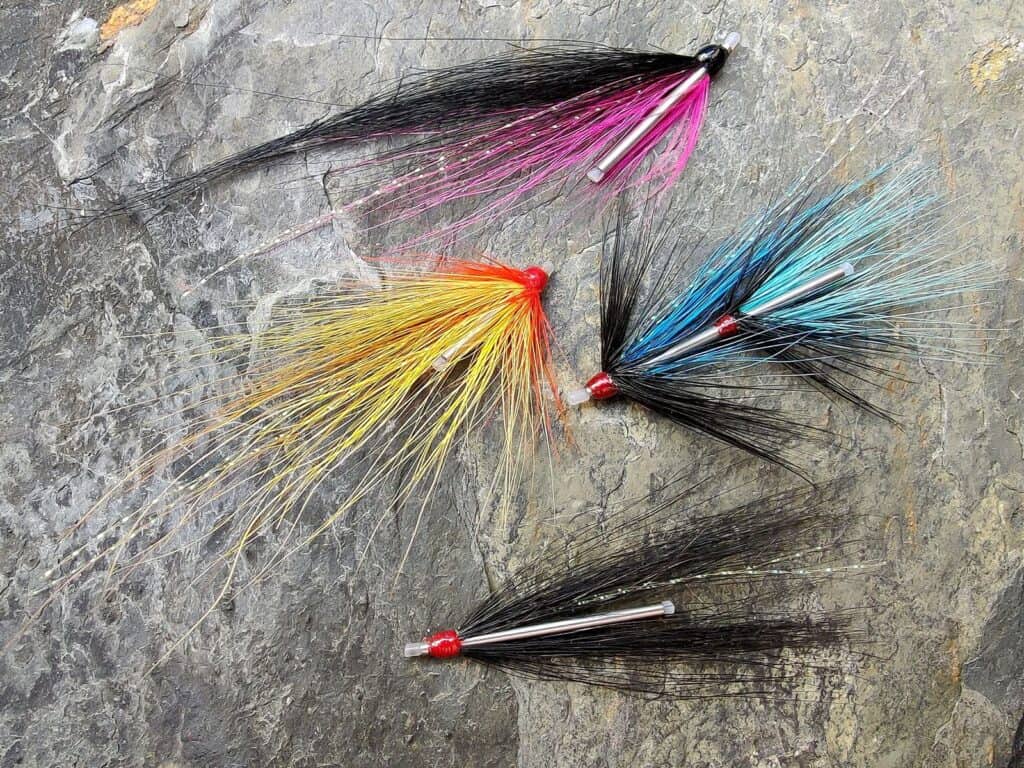
The progressive development of tube flies worldwide has encompassed all manner of tying styles, devised to suit local species and conditions, from Scottish Shrimp patterns, to Scandinavian Monkeys and Sunrays, through North American Intruders to tubes designed for night fishing for sea trout on our British rivers, along undoubtedly with many other styles. The photograph above shows just a few of stylistic variations in the tying of tube flies, examples of which are illustrated below in more detail. Whatever the style of tying, tube flies may be armed with single, double or treble hooks, barbed or barbless according to local custom and regulation.
Blackback Needle Tube Flies
The Blackback tube flies shown below take their name from the long hair wing, which may be formed from various hairs, e.g. bucktail, Arctic fox, bear, squirrel, monkey, goat and many others. These flies are by no means unique, being a much simplified version of earlier creations such as Templedogs, Monkey flies, Collie dogs and Sunray shadows. Dressed on slim stainless steel needle tubes, diameter 1.5mm, they are very simply tied, with no body dressing to cover the shiny stainless tube. They can be used for salmon, steelhead or sea trout at night.
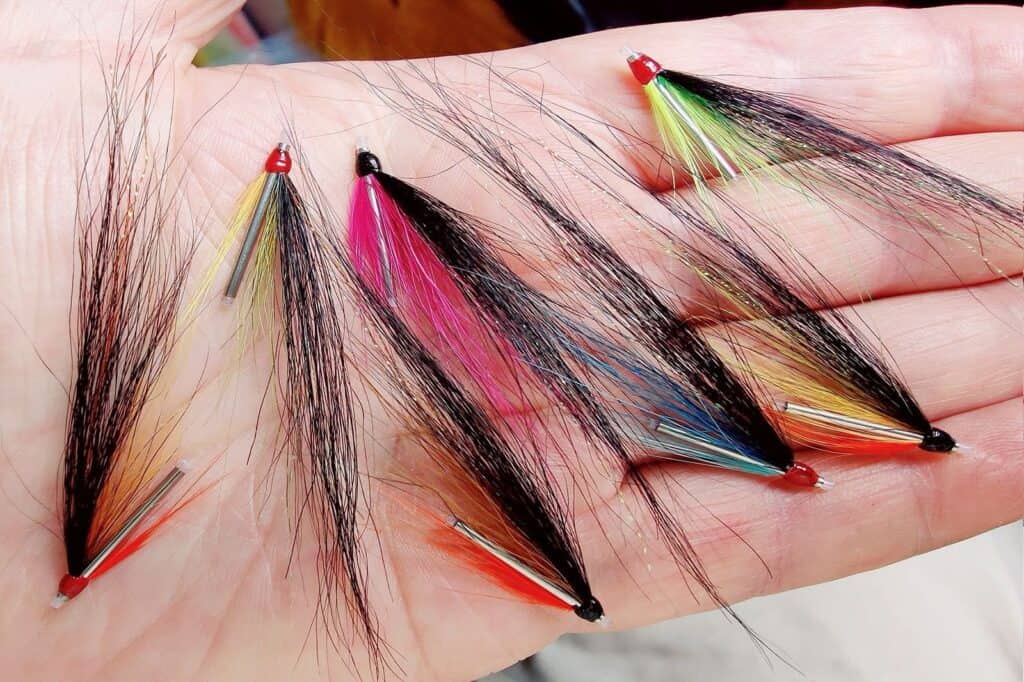
Scottish Shrimp Needle Tube Flies
I think of the flies shown below as Scottish Shrimps. They are tied on short needle tubes, simple dressings derived from the kind of long tailed shrimp flies popular on Scottish rivers from the nineteen eighties, the most famous of which include Ally Gowans’s Ally’s Shrimp and Cascade. They may be dressed on varying lengths of tube in all colour combinations, for both Pacific and Atlantic salmon.
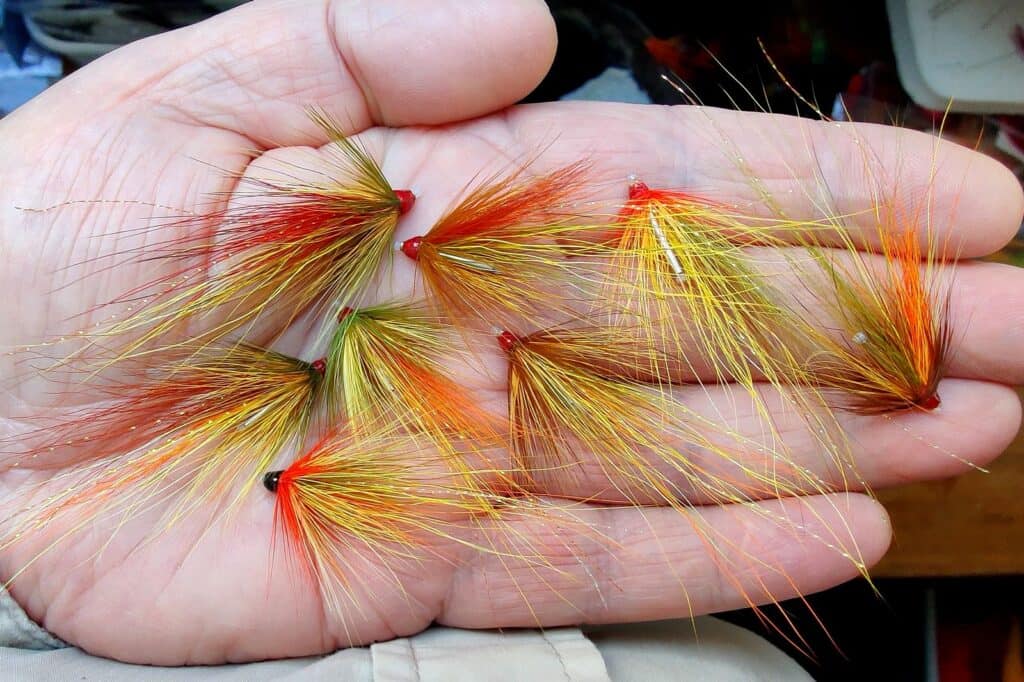
Intruder Needle Tube Flies
The Intruder style of fly originated on the Pacific salmon and steelhead rivers of the Pacific North West. They have become the mainstay of fly fishing on those rivers. Originally dressed on long shank hooks and wire shanks, the style has been adapted very successfully for tying on tubes of various kinds, making for a more simply dressed lure with a more practical hook attachment. The Needle Intruders shown below have been dressed on slim stainless needle tubes, 1.5mm in diameter, with Atlantic salmon and sea trout in mind.
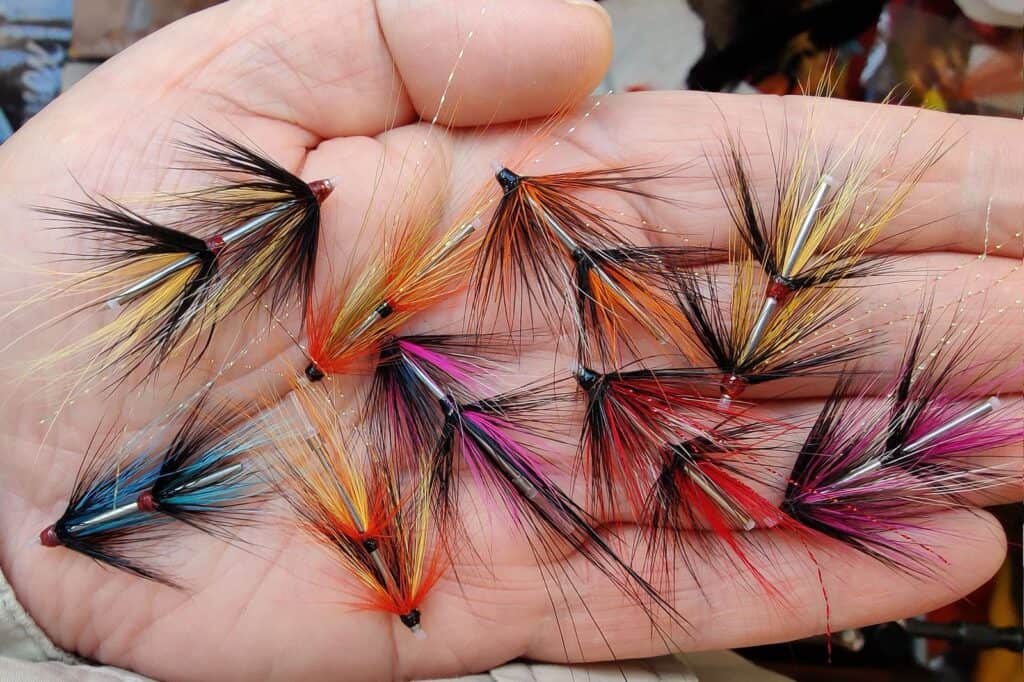
Sea Trout Night Needle Tubes
The Needle Tube, introduced by Grays of Kilsyth in Scotland in 2008, was originally devised to create an ultra-slim lure for late night sea trout fishing on British rivers. Night Needle Tubes have since proved extremely successful for this purpose and the needle tube has also been adapted most effectively for other species, including Atlantic salmon, Pacific salmon and steelhead.
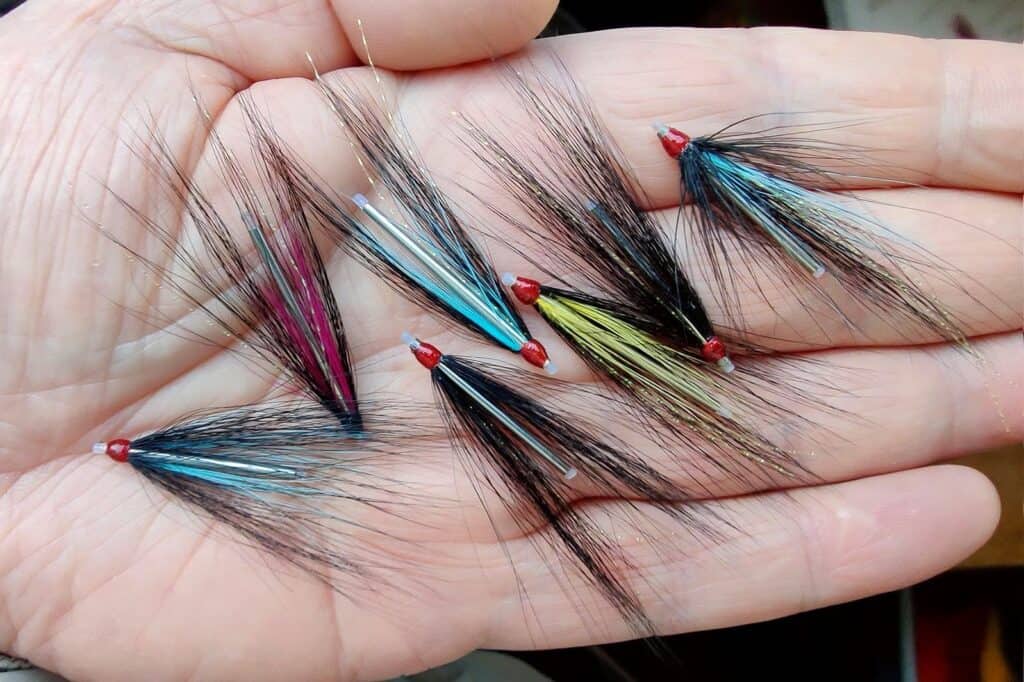
Summer Tube Flies for Icelandic Salmon
Shown below is a selection of small Needle Tube flies, suitable for the low clear flows, common on Iceland’s salmon rivers in summer time.
